Modern landscape design has become increasingly popular in recent years, with its clean lines, minimalist approach, and focus on functionality. It is a departure from traditional landscape design, which often featured elaborate gardens and ornate features. With modern landscape design, the focus is on creating a space that is both aesthetically pleasing and functional. A key element of modern landscape design is the use of sleek and simple materials such as concrete, metal, and glass. These materials are often used to create clean and geometric shapes, adding a sense of structure to the overall design. Natural elements such as wood and stone are also incorporated to soften the look and add warmth to the space. When it comes to color palette, a modern landscape design typically features a neutral color scheme with pops of bright and bold colors used sparingly. This allows for a cohesive and harmonious look, with the focus on the overall design rather than individual elements. Another important aspect of modern landscape design is functionality. This style often incorporates outdoor living spaces such as patios, decks, and outdoor kitchens, creating a seamless transition between indoor and outdoor living. These spaces are designed to be used for relaxation and entertainment, making the most out of the outdoor space.1. Modern Landscape Design Ideas
Contemporary landscape design is often used interchangeably with modern landscape design, but there are some key differences between the two styles. While modern landscape design focuses on clean lines and geometric shapes, contemporary landscape design incorporates softer and more organic elements into the design. One of the defining features of contemporary landscape design is the use of curved lines in both the hardscape and softscape elements. This creates a more fluid and natural look, in contrast to the rigid lines of modern landscape design. In terms of plant selection, contemporary landscape design often incorporates a mix of natives and non-natives, creating a balance between sustainability and aesthetics. This style also embraces the use of ornamental grasses and perennials, which add texture and movement to the landscape. Lighting is also an important aspect of contemporary landscape design. Low-voltage lighting is often used to create a warm and inviting atmosphere, while uplighting can be used to highlight key features of the landscape.2. Contemporary Landscape Design
Minimalist landscape design takes the concept of "less is more" to heart. This style focuses on creating a simple and uncluttered outdoor space, with a limited number of plants and features. The goal of minimalist landscape design is to create a space that is both calming and visually appealing. In terms of hardscape, minimalist landscape design often features a limited color palette with the use of materials such as concrete, gravel, and wood. These materials are used to create clean and simple lines, with a focus on functionality rather than ornate features. Plants in a minimalist landscape design are carefully selected to create a sense of balance and harmony. This often involves the use of a limited number of native plants, with a focus on texture and form rather than color. The overall goal is to create a space that is easy to maintain and has a sense of tranquility. Another key element of minimalist landscape design is negative space. This refers to the use of open areas in the design, allowing for a sense of breathing room and emphasizing the simplicity of the space.3. Minimalist Landscape Design
Urban landscape design is all about making the most of limited space in urban environments. This style often incorporates vertical gardening and container gardening, allowing for the use of plants in areas where traditional landscaping may not be possible. One of the key challenges of urban landscape design is creating privacy. This may involve the use of trellises, hedges, or bamboo screens to block out neighboring buildings or busy streets. Water features can also be used to create a sense of tranquility and drown out noise. When it comes to color scheme, urban landscape design often takes inspiration from the surrounding buildings and incorporates pops of color to add interest and vibrancy to the space. Materials such as steel and concrete are commonly used to create a modern and industrial look. Lighting is also an important aspect of urban landscape design, with task lighting used to highlight specific areas and ambient lighting used to create a welcoming atmosphere.4. Urban Landscape Design
Sustainable landscape design is becoming increasingly important as we strive to reduce our impact on the environment. This style focuses on creating a low-maintenance and water-wise landscape that is in harmony with the natural surroundings. In terms of plant selection, native plants are the go-to choice for sustainable landscape design. These plants are adapted to the local climate and require less water and maintenance compared to non-native plants. Drought-resistant plants are also commonly used in sustainable landscape design. Incorporating rainwater harvesting and irrigation systems are also important aspects of sustainable landscape design. These systems help to conserve water and reduce the need for manual watering. Recycled materials, such as reclaimed wood or recycled concrete, are often used in sustainable landscape design to reduce waste and promote eco-friendliness.5. Sustainable Landscape Design
Outdoor living spaces are a key element of modern landscape design. These spaces are designed to be an extension of the indoor living space, providing a comfortable and functional area for relaxation and entertainment. Patio or deck areas are commonly used in outdoor living spaces, with outdoor furniture and decor carefully chosen to complement the overall design. Outdoor kitchens are also popular, allowing for cooking and dining al fresco. Incorporating shading is an important aspect of outdoor living spaces, providing protection from the sun and creating a comfortable outdoor environment. This can be achieved through the use of pergolas, umbrellas, or shade sails. Lighting is also crucial in outdoor living spaces, allowing for the space to be used after dark. String lights, pathway lights, and spotlights are commonly used to create a warm and inviting atmosphere.6. Outdoor Living Spaces
Native plants are an important element in any landscape design, providing a sense of connection to the local environment and supporting biodiversity. Native plant landscaping involves the use of plants that are native to the region and have adapted to the local climate and soil conditions. One of the benefits of using native plants in landscaping is their low maintenance requirements. These plants are already adapted to the local environment, meaning they require less water and fertilizer compared to non-native plants. Native plant landscaping also supports wildlife by providing food and shelter for birds, bees, and other animals. This helps to create a balanced and sustainable ecosystem in your own backyard. Incorporating edible plants into native plant landscaping is also becoming increasingly popular. This allows for a functional and sustainable landscape, providing fresh produce for the homeowner.7. Native Plant Landscaping
Xeriscaping is a form of landscaping that focuses on conserving water and reducing maintenance. This style is particularly popular in dry and arid climates, where water resources are limited. One of the key principles of xeriscaping is choosing the right plants. This involves selecting plants that are native to the region and have adapted to the local climate, requiring minimal watering. Drought-resistant plants, such as succulents and cacti, are also commonly used in xeriscaping. To further reduce water usage, xeriscaping also involves proper irrigation. This may include the use of drip systems or soaker hoses to deliver water directly to the plant's roots, minimizing evaporation. Other elements of xeriscaping include mulching to retain moisture in the soil, grouping plants with similar watering needs together, and controlling weeds to reduce competition for water.8. Xeriscaping
Vertical gardens, also known as living walls or green walls, have become increasingly popular in modern landscape design. These gardens are created by attaching plants to a vertical structure, such as a wall or fence, and can be used in both indoor and outdoor spaces. One of the benefits of vertical gardens is their space-saving nature. They are a great option for small outdoor spaces or for adding some greenery to a bare wall or fence. Another benefit of vertical gardens is their air-purifying properties. Plants are known for their ability to filter pollutants from the air, making vertical gardens a great addition to any urban environment. Vertical gardens also add texture and visual interest to a space, allowing for a creative and unique landscape design.9. Vertical Gardens
Outdoor lighting is an important aspect of any landscape design, providing both safety and ambiance to the space. When it comes to outdoor lighting design, there are a few key elements to consider. Task lighting is used to illuminate specific areas, such as pathways, steps, and outdoor living spaces. This helps to prevent accidents and create a more functional outdoor space. Accent lighting is used to highlight key features of the landscape, such as trees, plants, or architectural elements. This adds depth and dimension to the space, creating a visually appealing landscape. Ambient lighting is used to create a warm and inviting atmosphere, often achieved through the use of string lights or lanterns. This type of lighting can be used in outdoor living spaces or to create a cozy outdoor dining area. When designing outdoor lighting, it is important to keep in mind energy efficiency and light pollution. Using LED lights and dark-sky compliant fixtures can help to minimize light pollution and reduce energy consumption.10. Outdoor Lighting Design
The Importance of Incorporating Modern Landscape Design in House Design
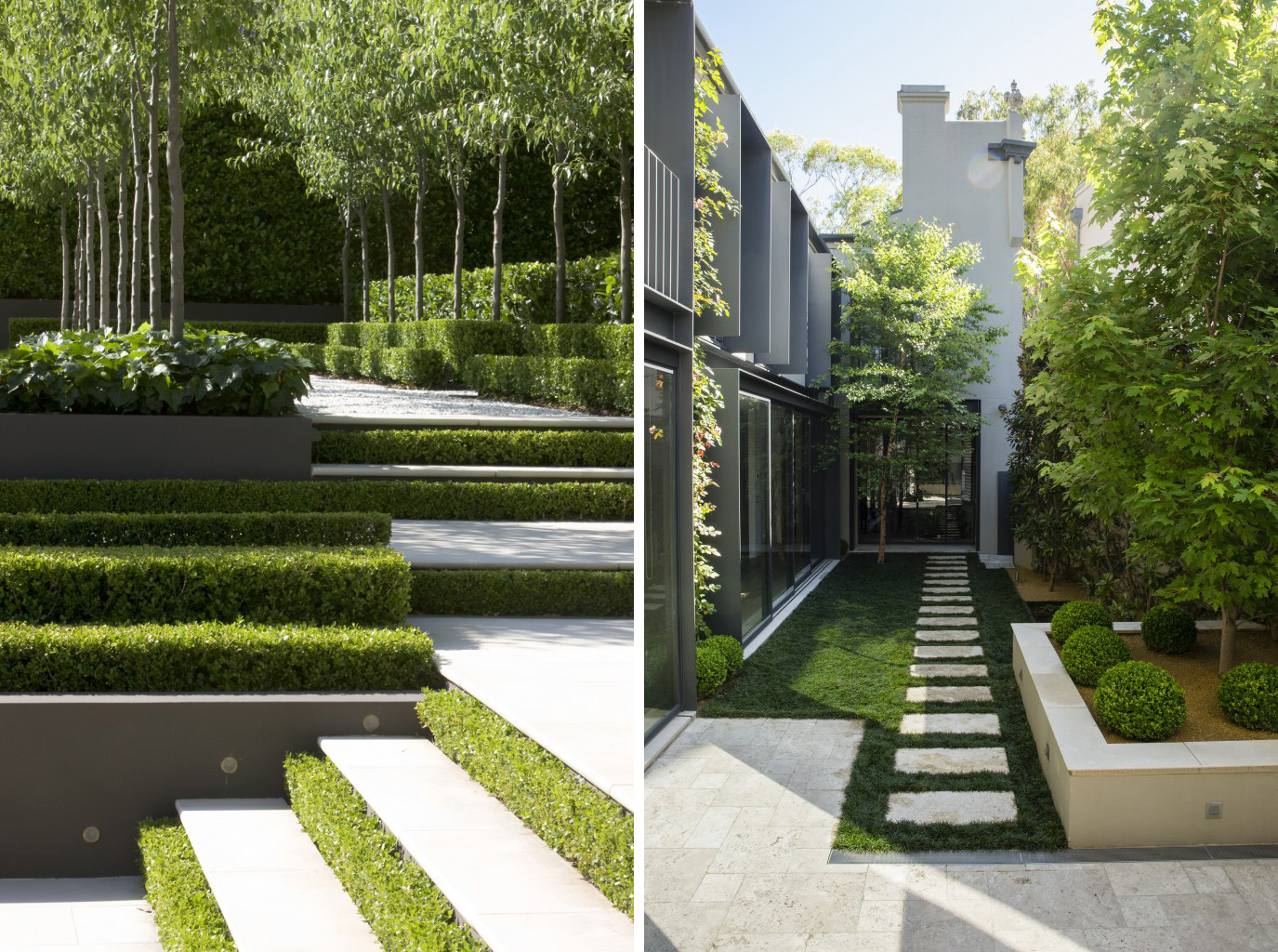
Creating a Cohesive Living Space
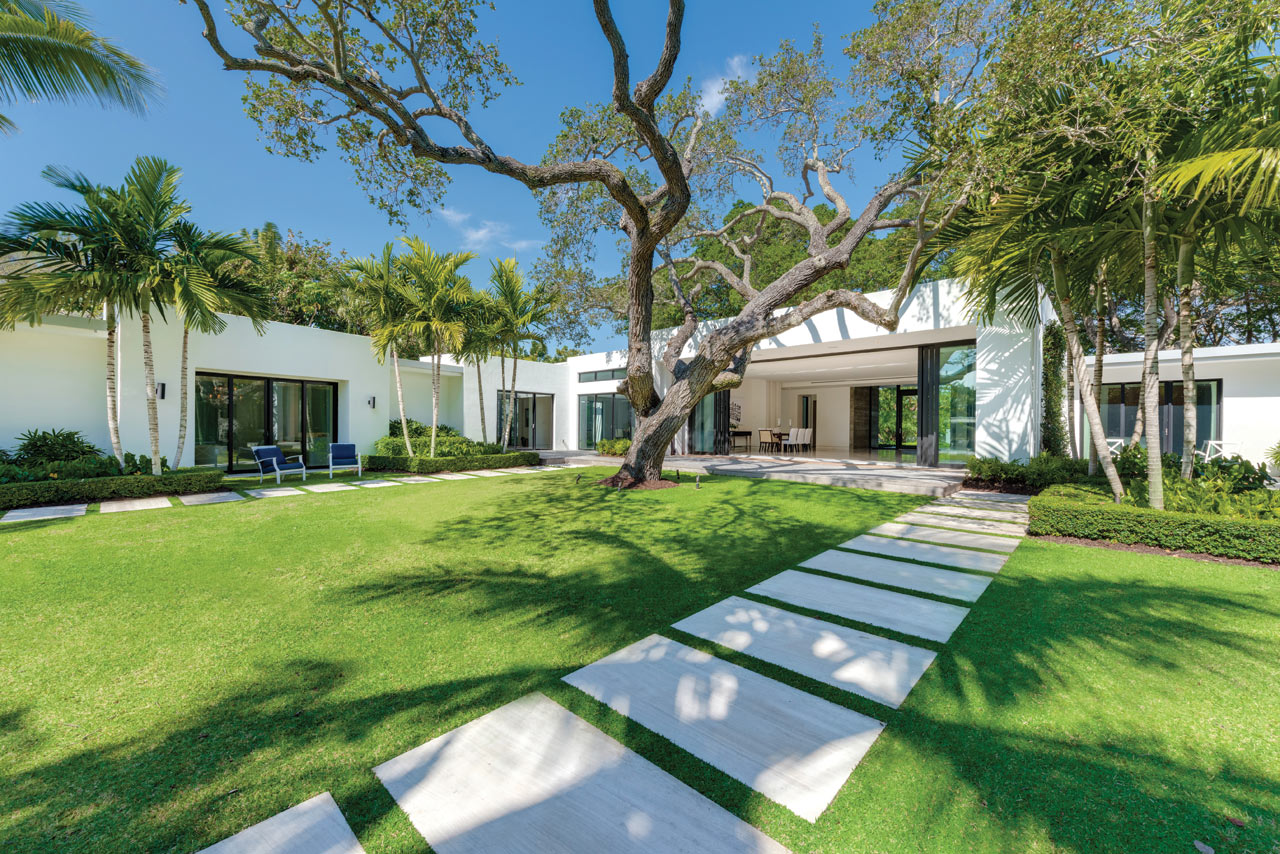 When it comes to house design, many homeowners focus on the interior, overlooking the importance of the exterior. However, a well-designed landscape can greatly enhance the overall look and feel of a home. This is where modern landscape design comes into play. By incorporating modern elements into your landscape, you can create a cohesive living space that seamlessly blends your indoor and outdoor areas.
Modern landscape design focuses on clean lines, minimalism, and functionality. These design principles not only add aesthetic appeal to your home but also make your outdoor space more versatile and practical. By incorporating features such as outdoor seating areas, fire pits, and gardens, you can create an outdoor living space that is perfect for entertaining guests or simply relaxing with your family.
When it comes to house design, many homeowners focus on the interior, overlooking the importance of the exterior. However, a well-designed landscape can greatly enhance the overall look and feel of a home. This is where modern landscape design comes into play. By incorporating modern elements into your landscape, you can create a cohesive living space that seamlessly blends your indoor and outdoor areas.
Modern landscape design focuses on clean lines, minimalism, and functionality. These design principles not only add aesthetic appeal to your home but also make your outdoor space more versatile and practical. By incorporating features such as outdoor seating areas, fire pits, and gardens, you can create an outdoor living space that is perfect for entertaining guests or simply relaxing with your family.
Bringing Nature into Your Home
 In today's fast-paced and technology-driven world, it's important to have a space where you can connect with nature and escape the hustle and bustle of everyday life. Modern landscape design embraces the concept of biophilic design, which is the idea of incorporating natural elements into the built environment.
By incorporating elements such as plants, natural materials, and water features, modern landscape design creates a harmonious balance between the built environment and the natural world. Not only does this add visual interest to your outdoor space, but it also has numerous health benefits, including reducing stress and improving overall well-being.
In today's fast-paced and technology-driven world, it's important to have a space where you can connect with nature and escape the hustle and bustle of everyday life. Modern landscape design embraces the concept of biophilic design, which is the idea of incorporating natural elements into the built environment.
By incorporating elements such as plants, natural materials, and water features, modern landscape design creates a harmonious balance between the built environment and the natural world. Not only does this add visual interest to your outdoor space, but it also has numerous health benefits, including reducing stress and improving overall well-being.
Increasing Property Value
 Incorporating modern landscape design into your house design not only enhances your living space but also adds value to your property. A well-designed landscape can greatly improve the curb appeal of your home, making it more attractive to potential buyers. In fact, studies have shown that a well-designed landscape can increase property value by up to 20%.
Additionally, modern landscape design focuses on creating sustainable and low-maintenance outdoor spaces, which can save homeowners money in the long run. By incorporating features such as drought-resistant plants and efficient irrigation systems, modern landscape design can help reduce water and maintenance costs.
In conclusion, modern landscape design is an essential aspect of house design that should not be overlooked. By creating a cohesive living space, bringing nature into your home, and increasing property value, modern landscape design adds both aesthetic and practical value to your home. So, when designing your dream house, make sure to incorporate modern landscape design for a truly beautiful and functional living space.
Incorporating modern landscape design into your house design not only enhances your living space but also adds value to your property. A well-designed landscape can greatly improve the curb appeal of your home, making it more attractive to potential buyers. In fact, studies have shown that a well-designed landscape can increase property value by up to 20%.
Additionally, modern landscape design focuses on creating sustainable and low-maintenance outdoor spaces, which can save homeowners money in the long run. By incorporating features such as drought-resistant plants and efficient irrigation systems, modern landscape design can help reduce water and maintenance costs.
In conclusion, modern landscape design is an essential aspect of house design that should not be overlooked. By creating a cohesive living space, bringing nature into your home, and increasing property value, modern landscape design adds both aesthetic and practical value to your home. So, when designing your dream house, make sure to incorporate modern landscape design for a truly beautiful and functional living space.
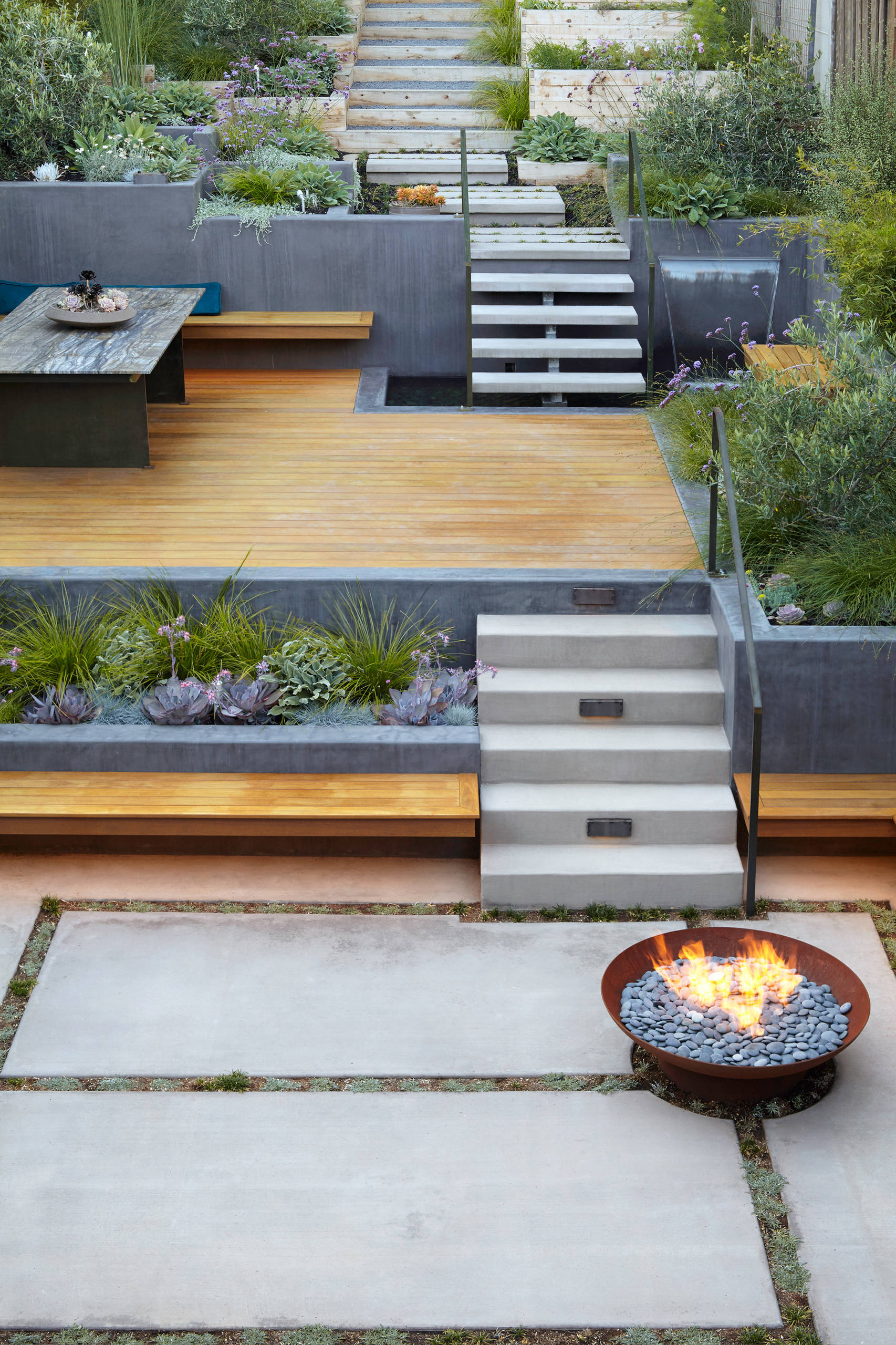


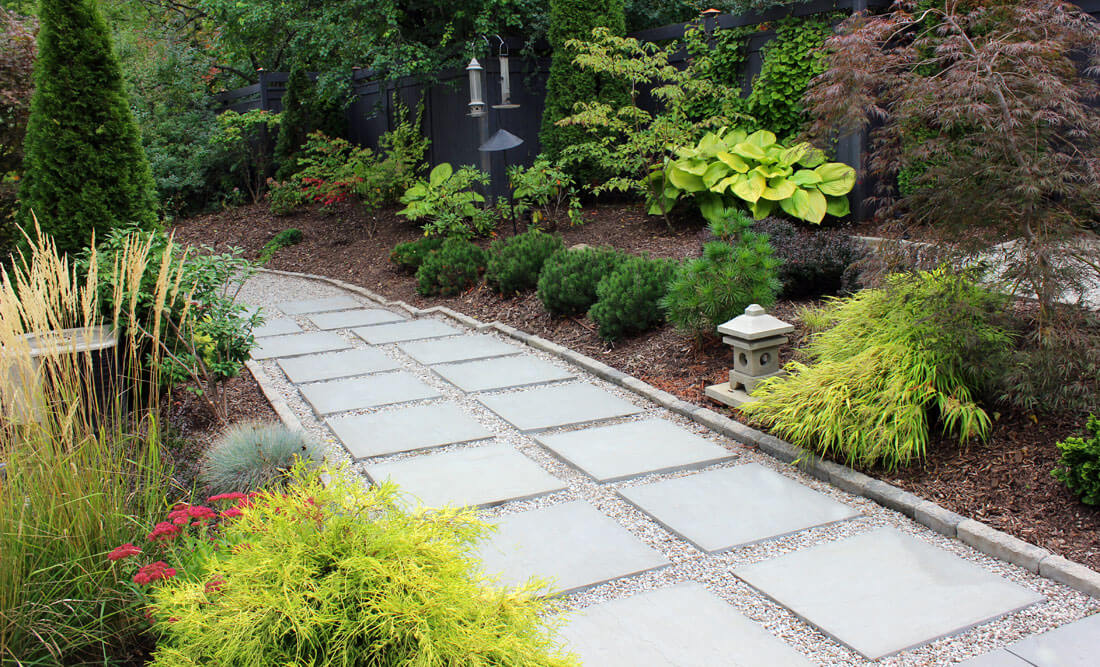
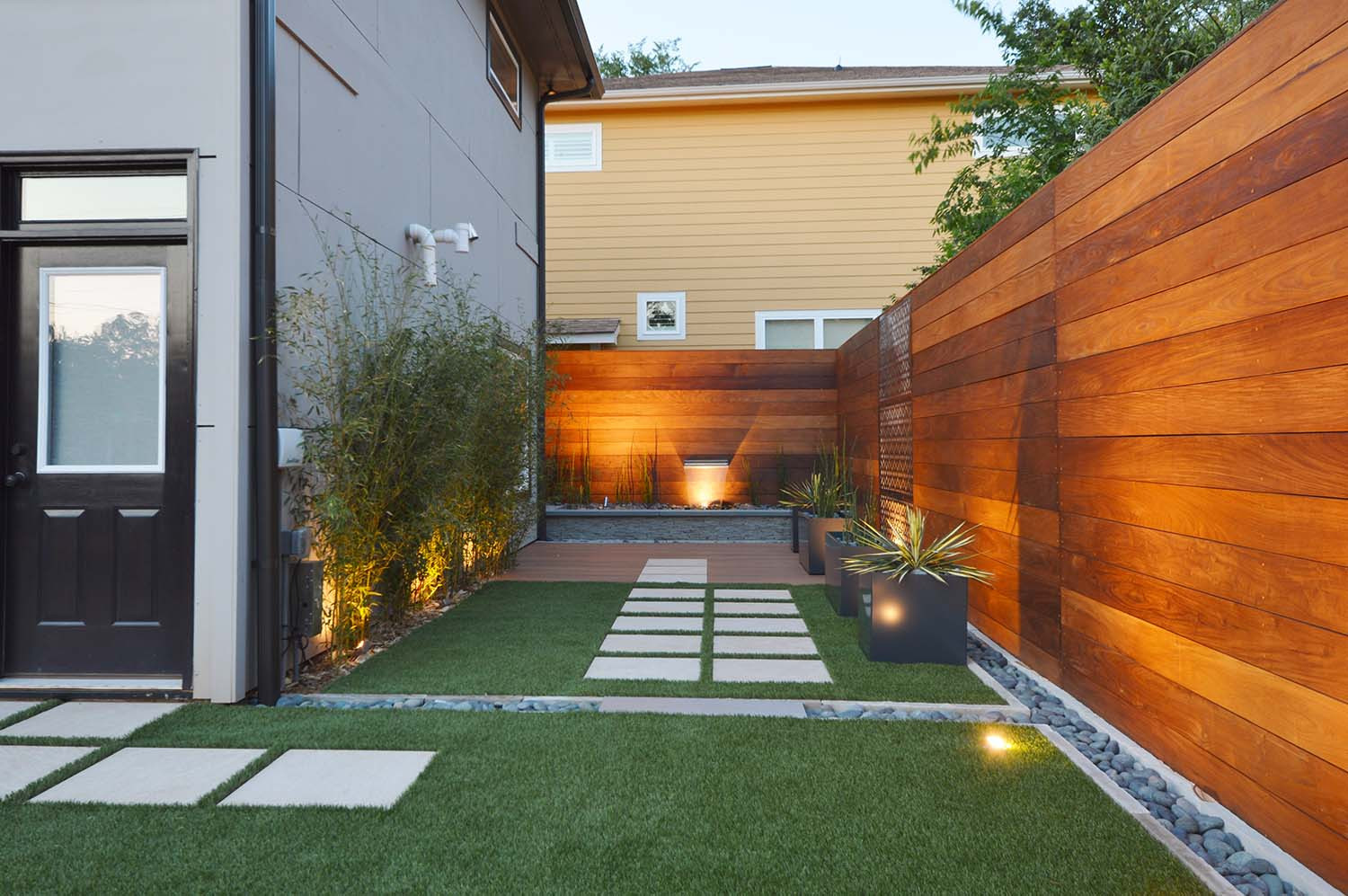
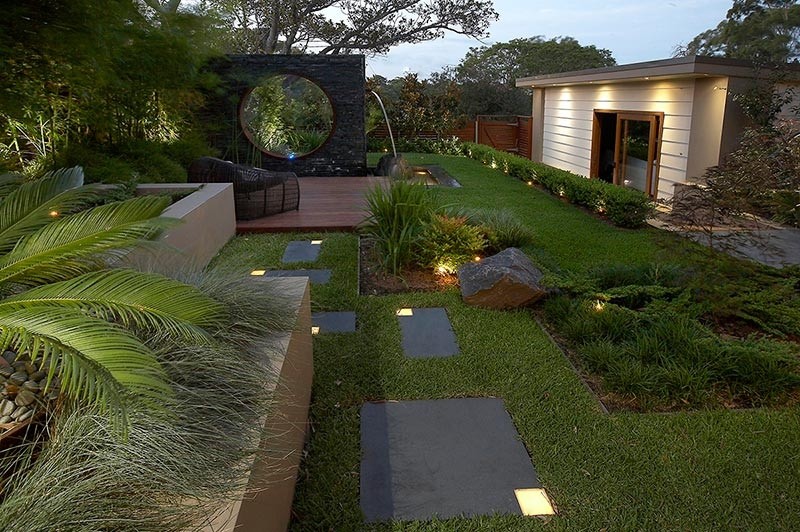



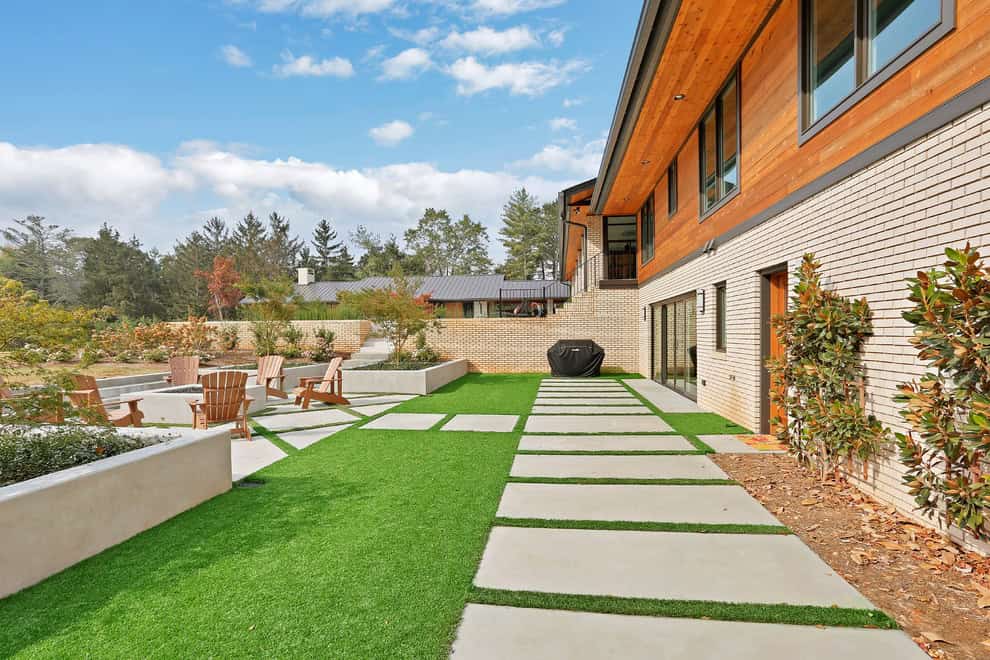
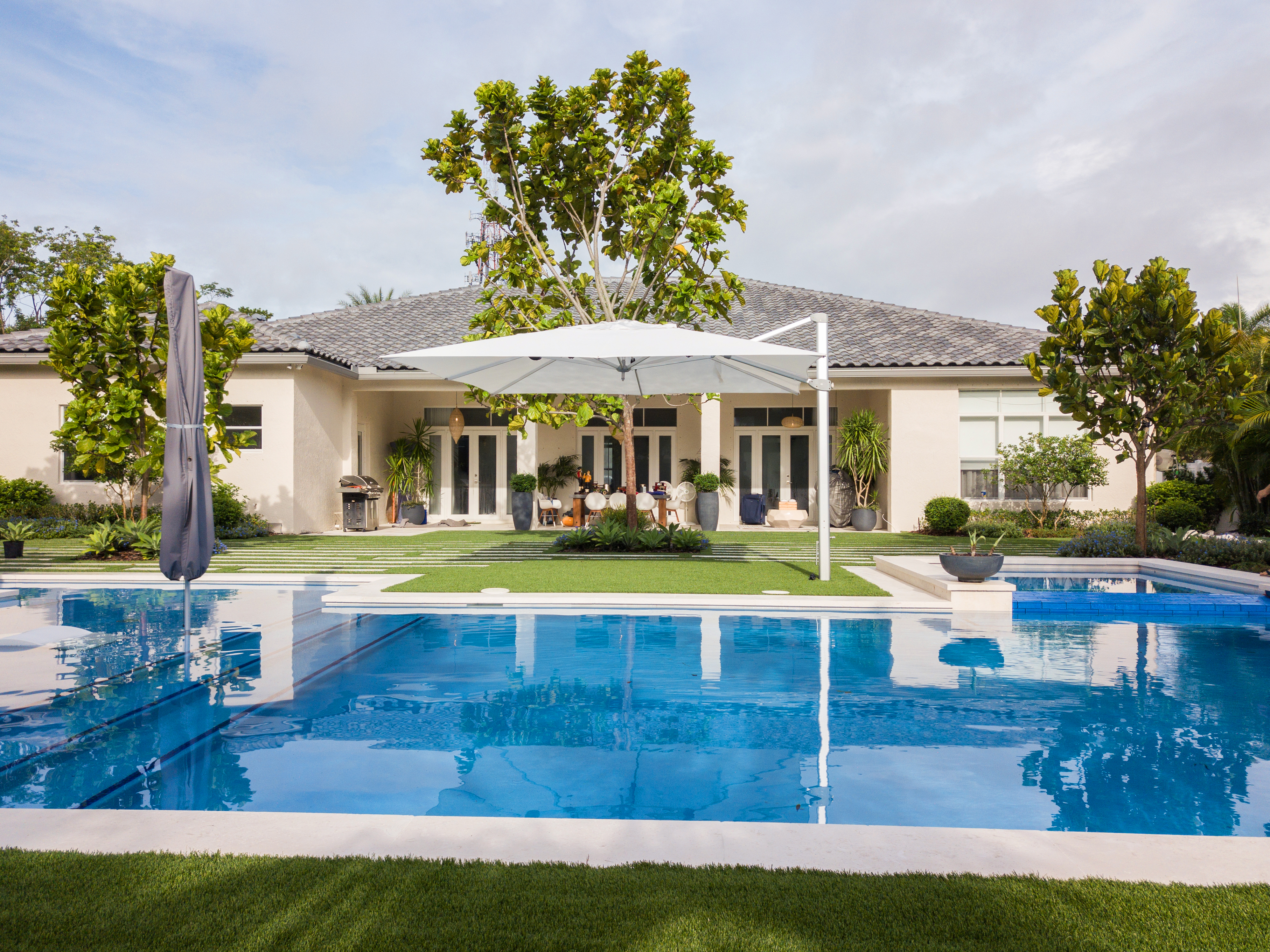

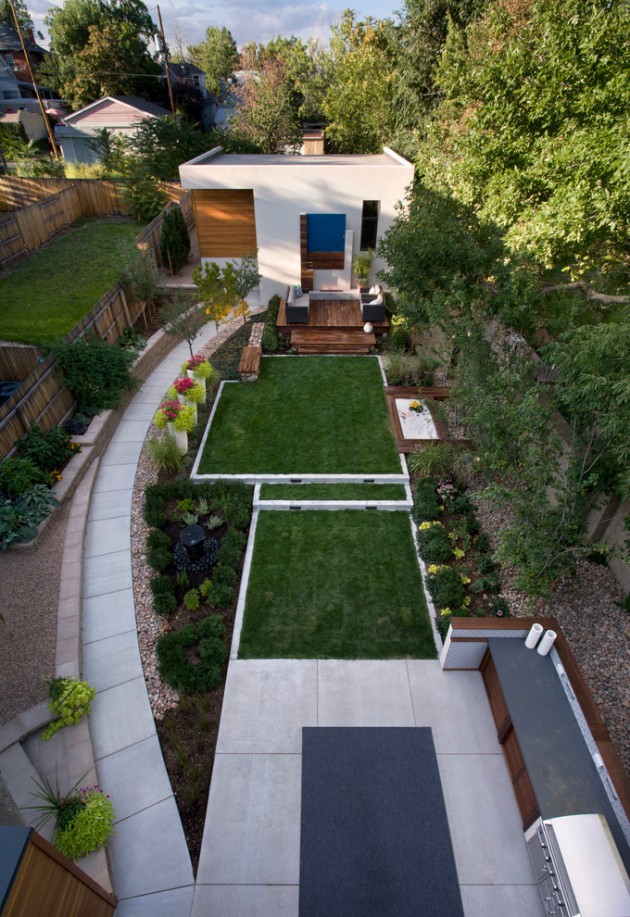
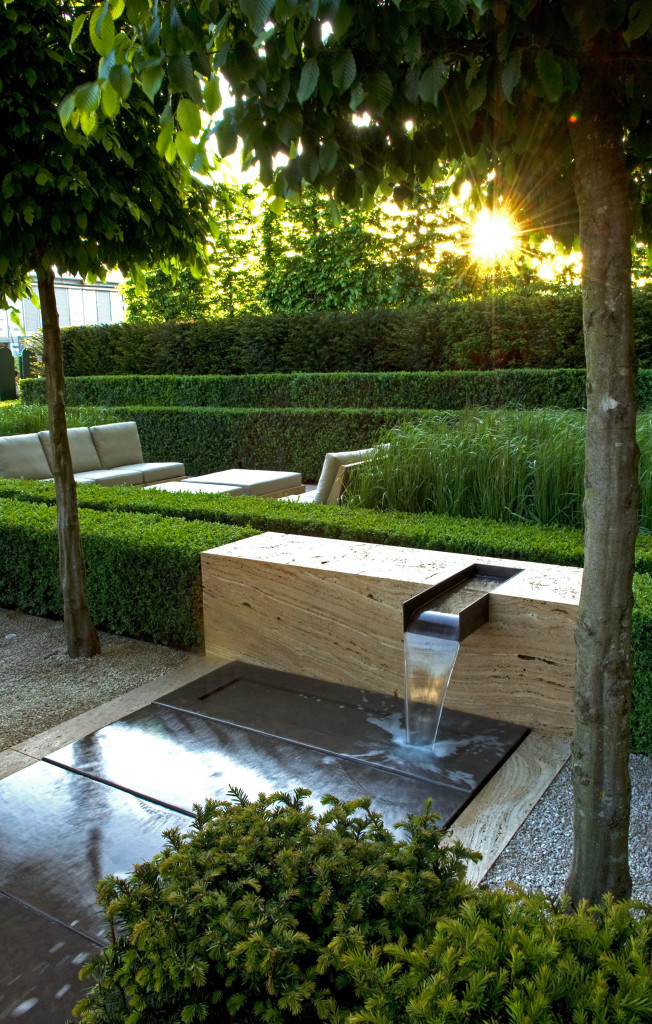

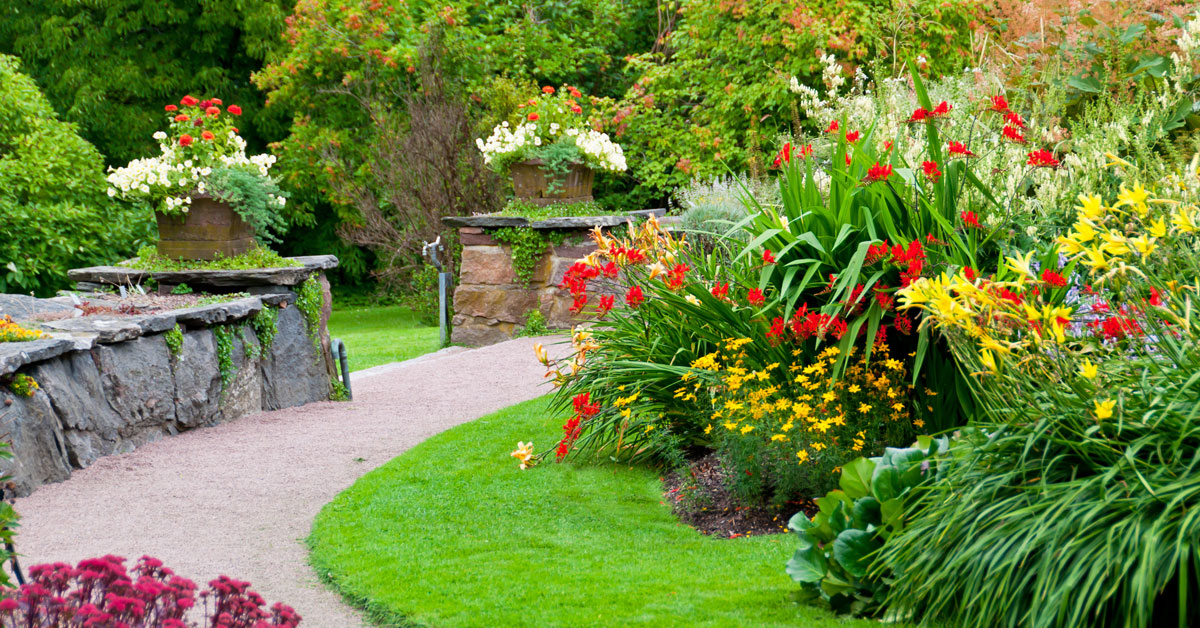

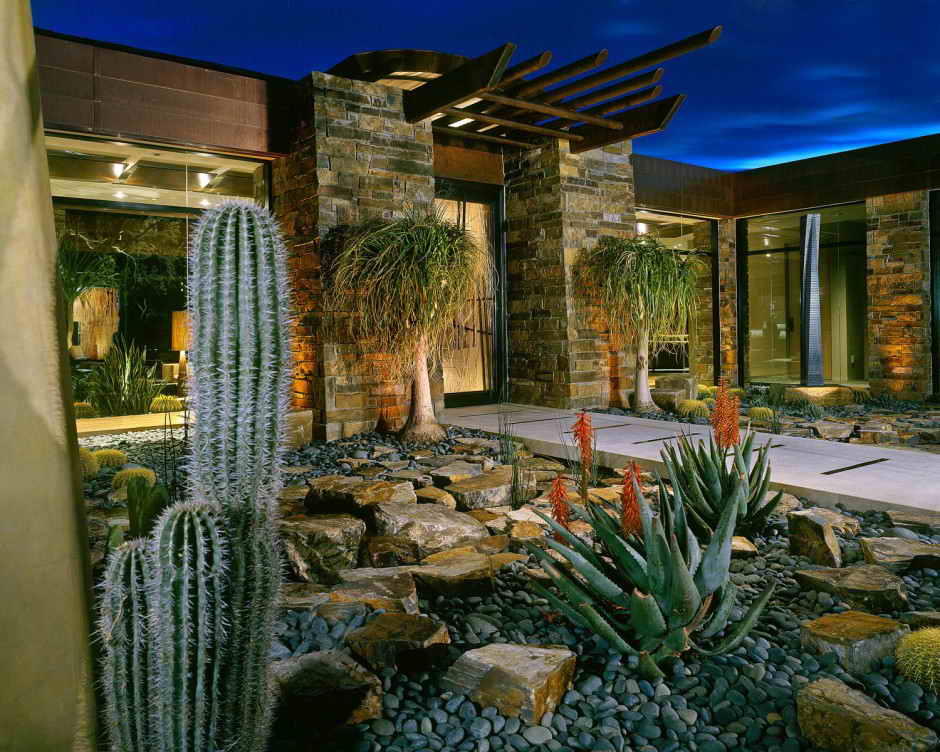
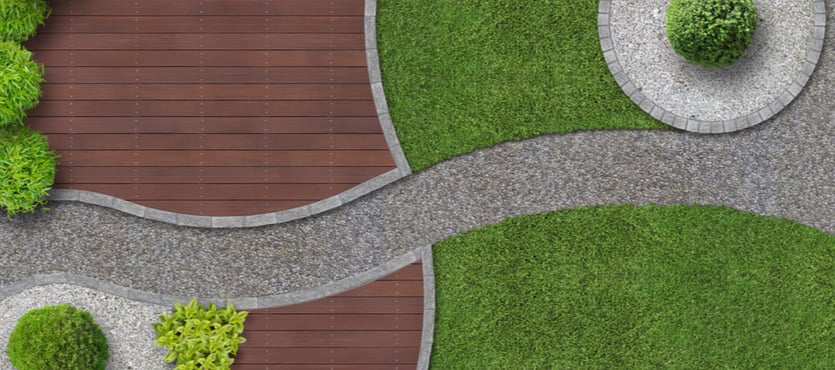

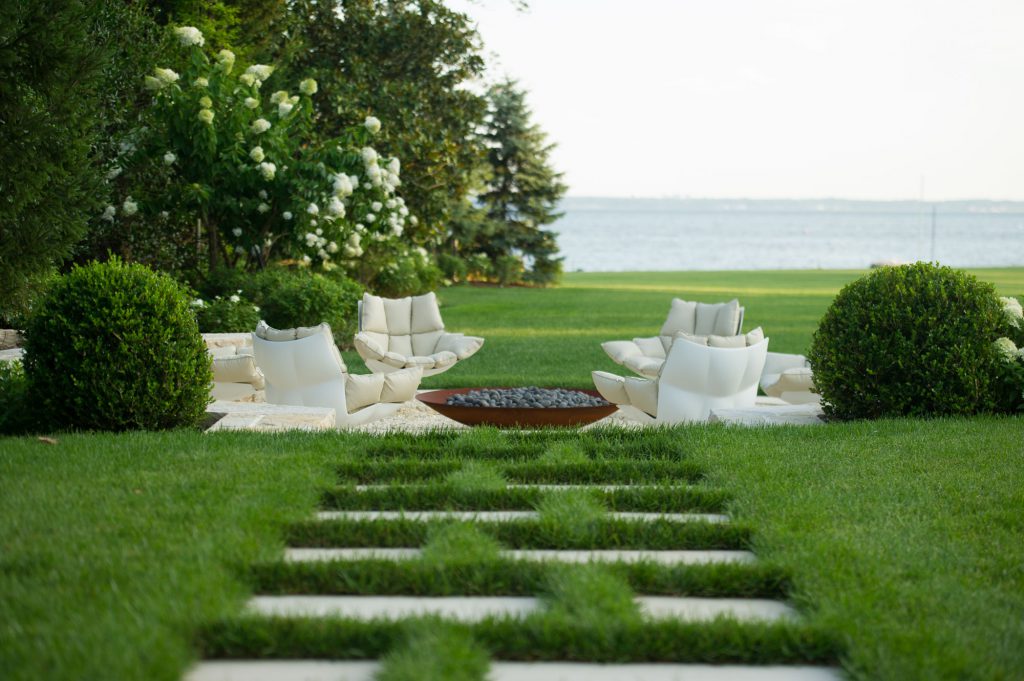








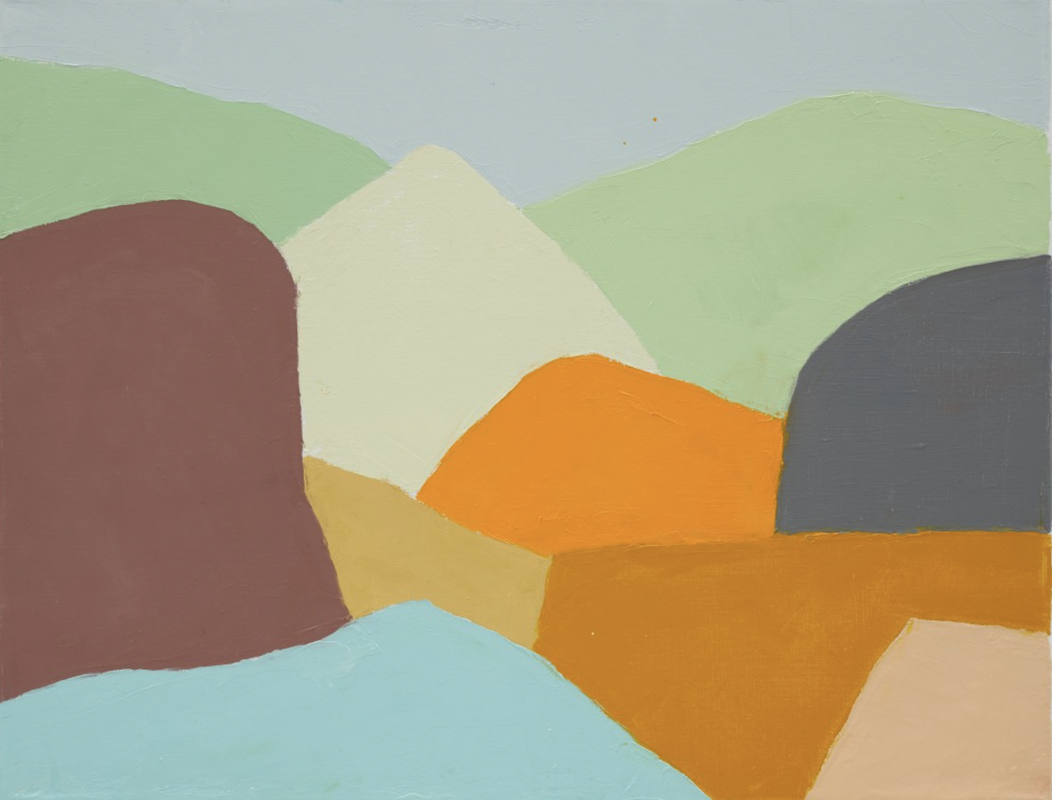

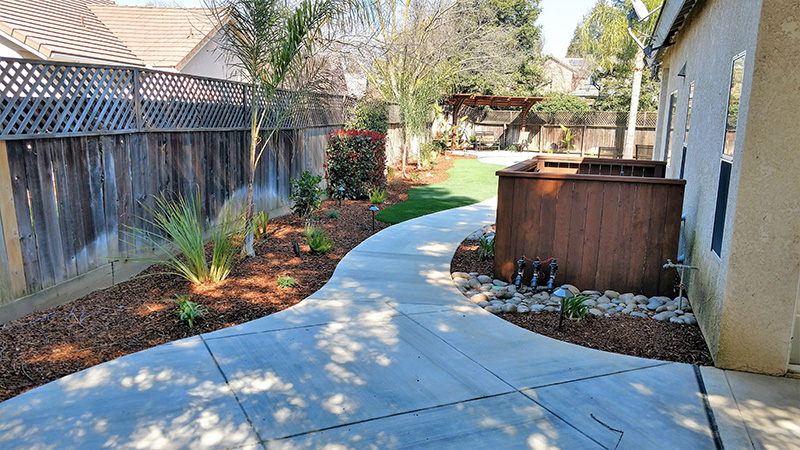




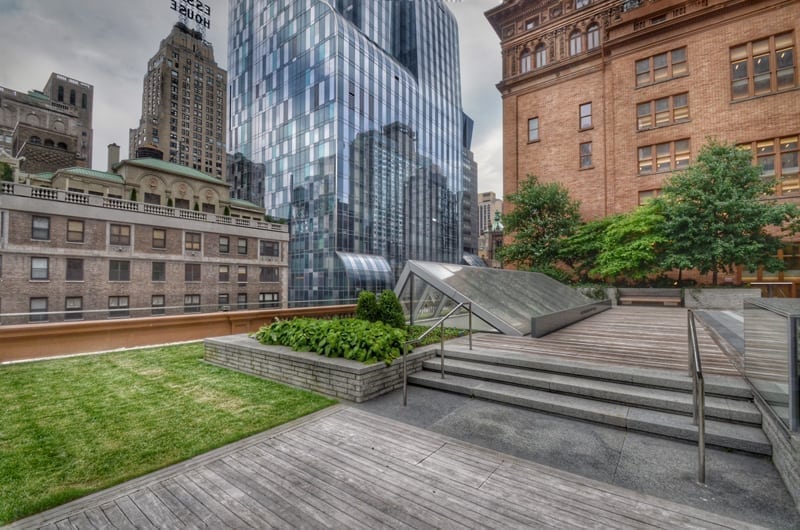

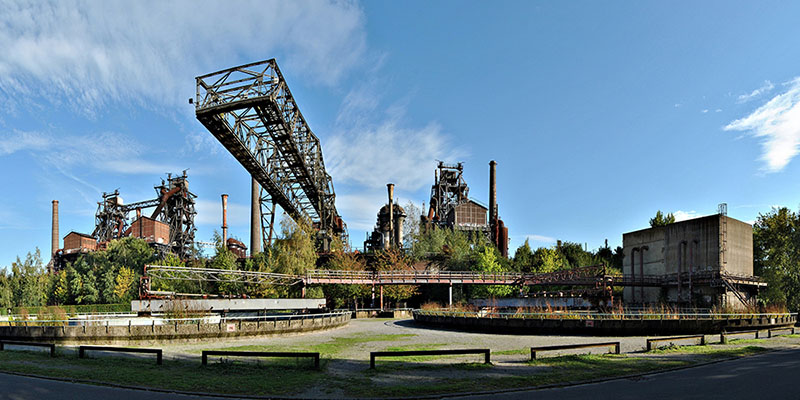










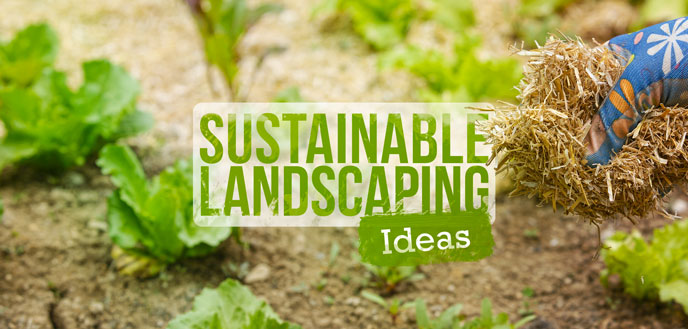
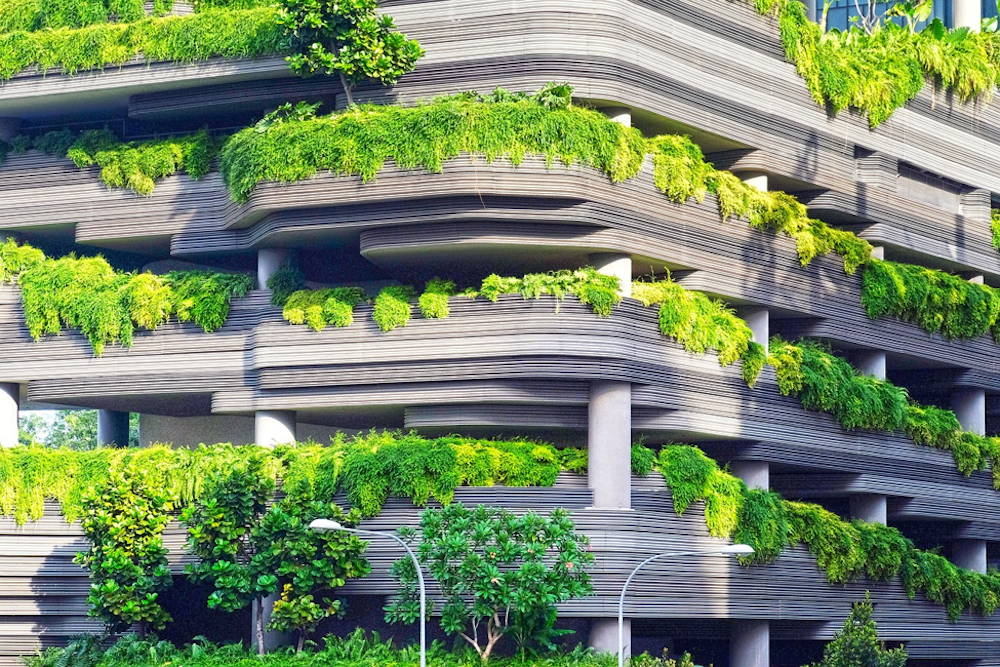
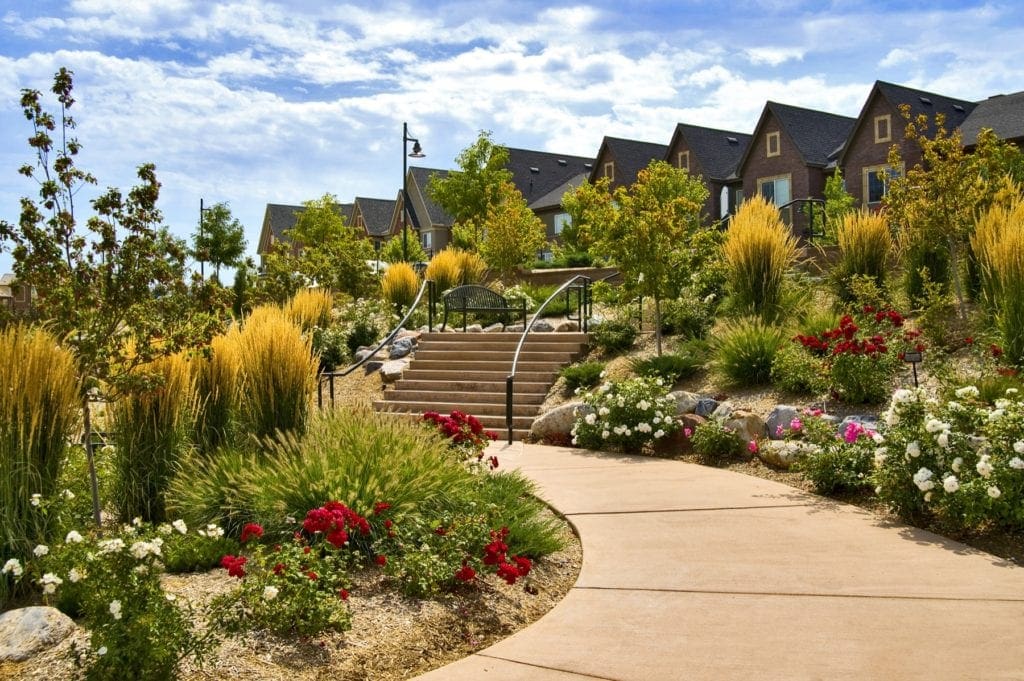



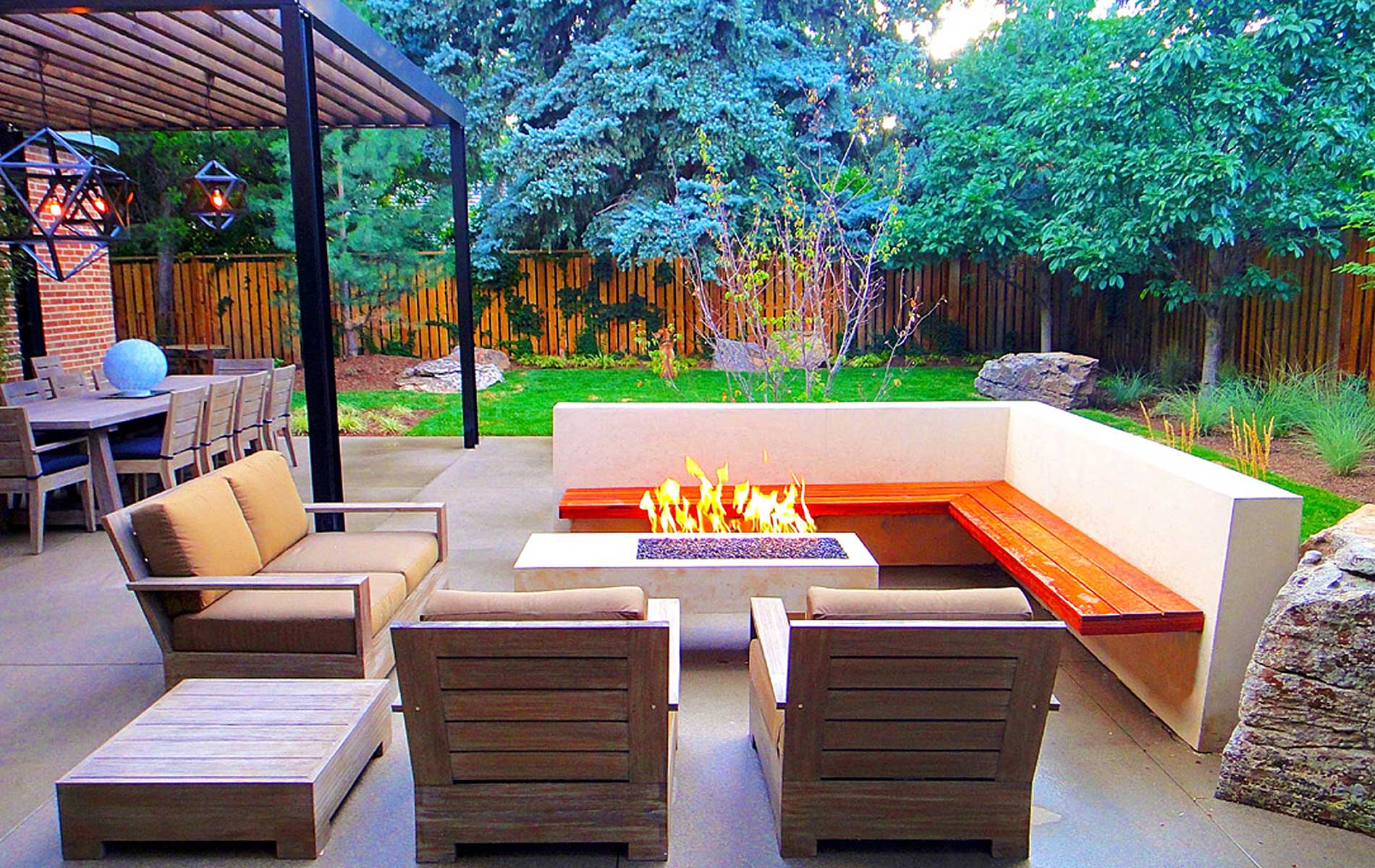
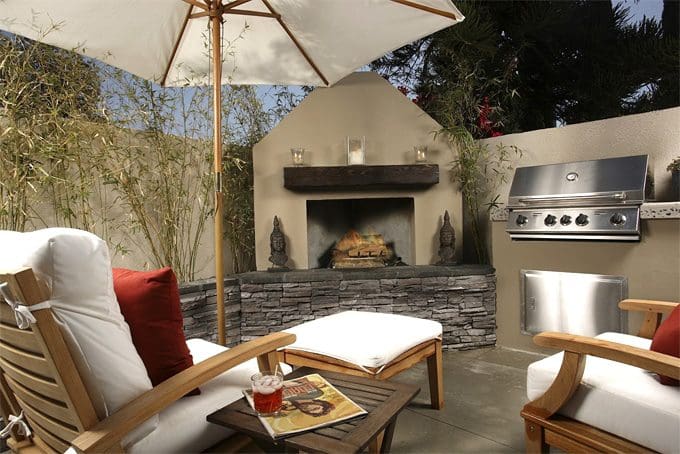
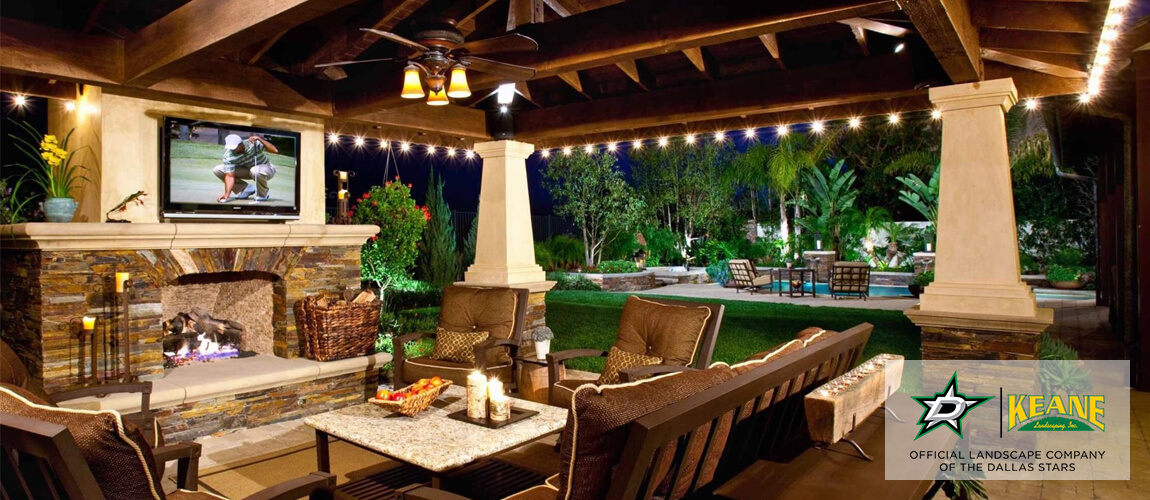

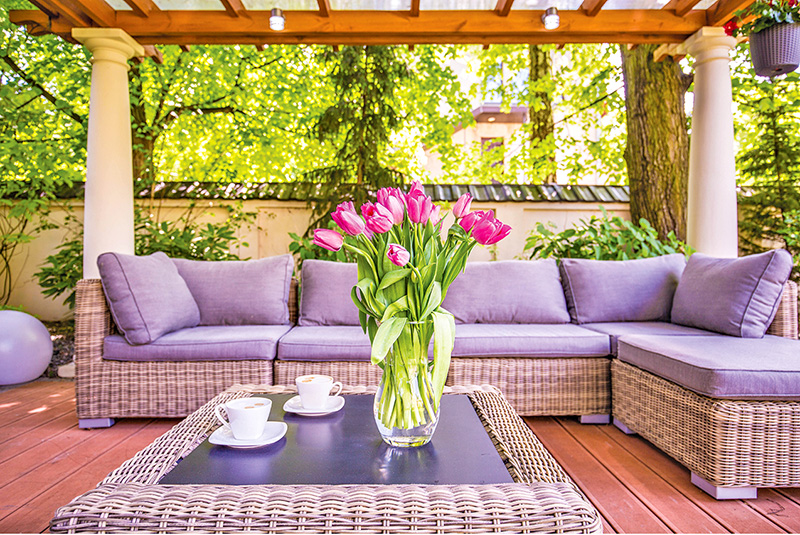


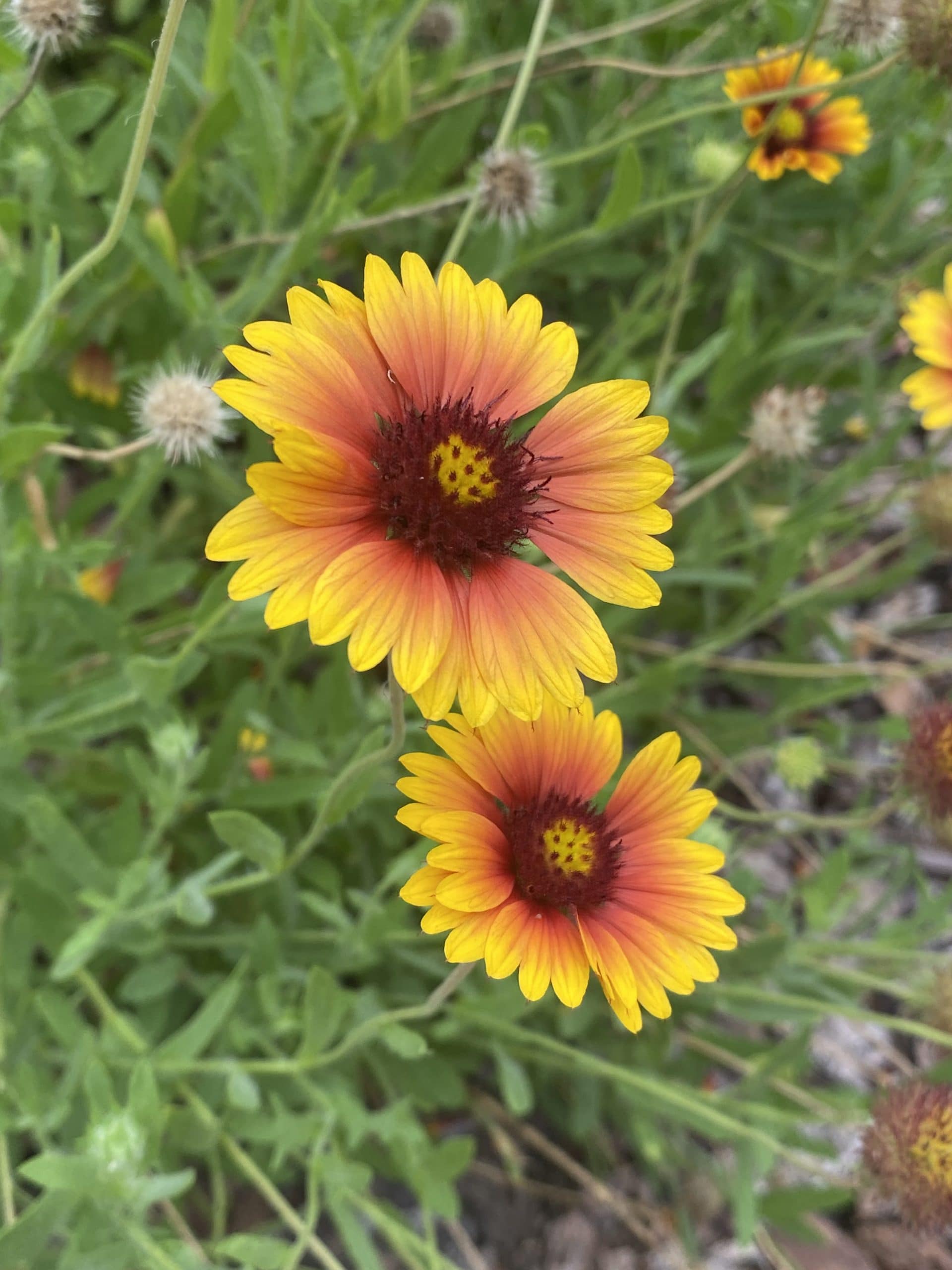

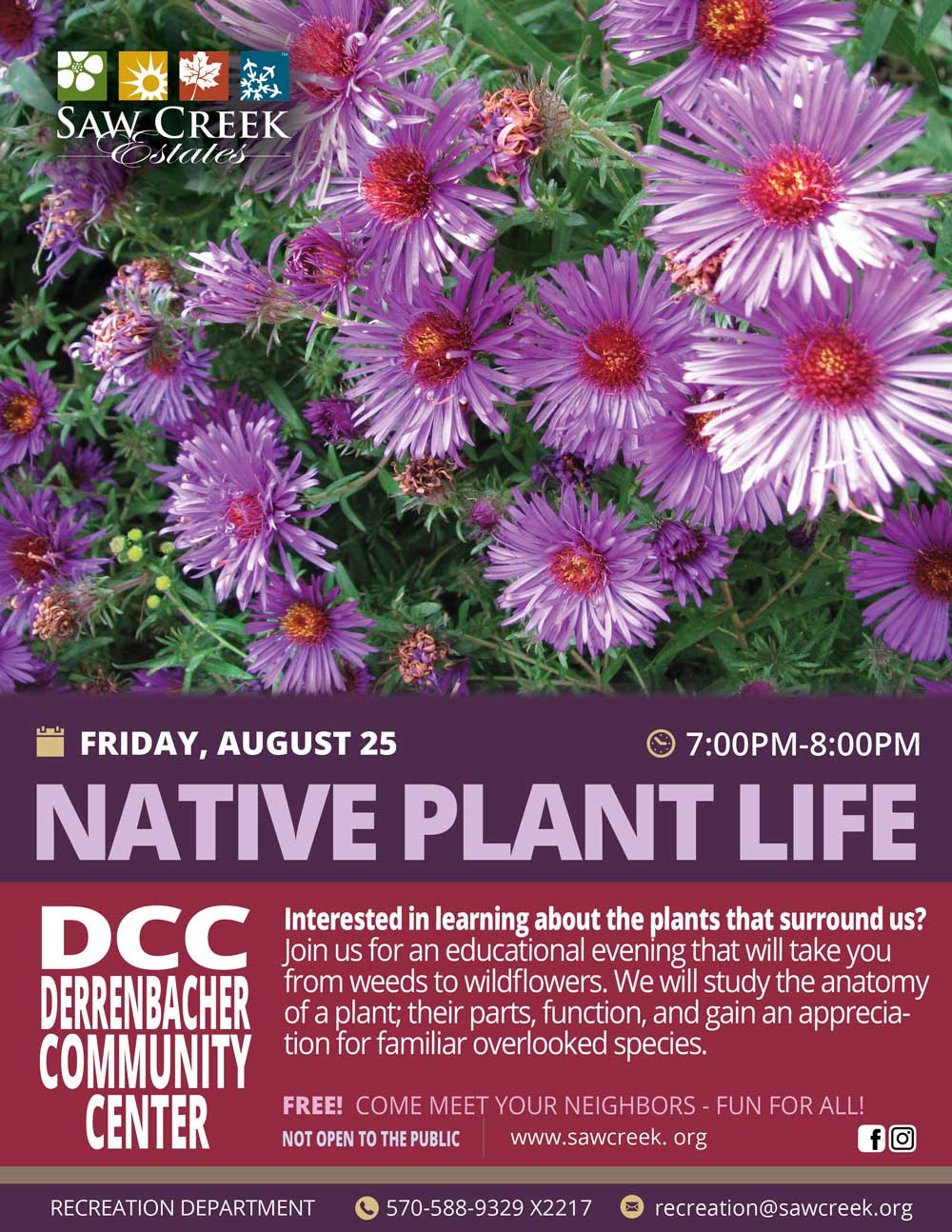



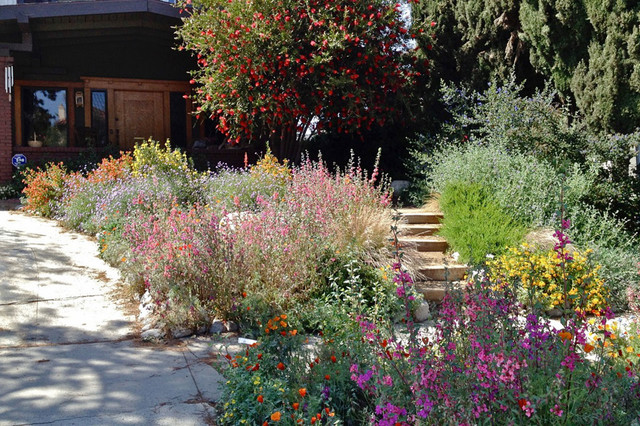






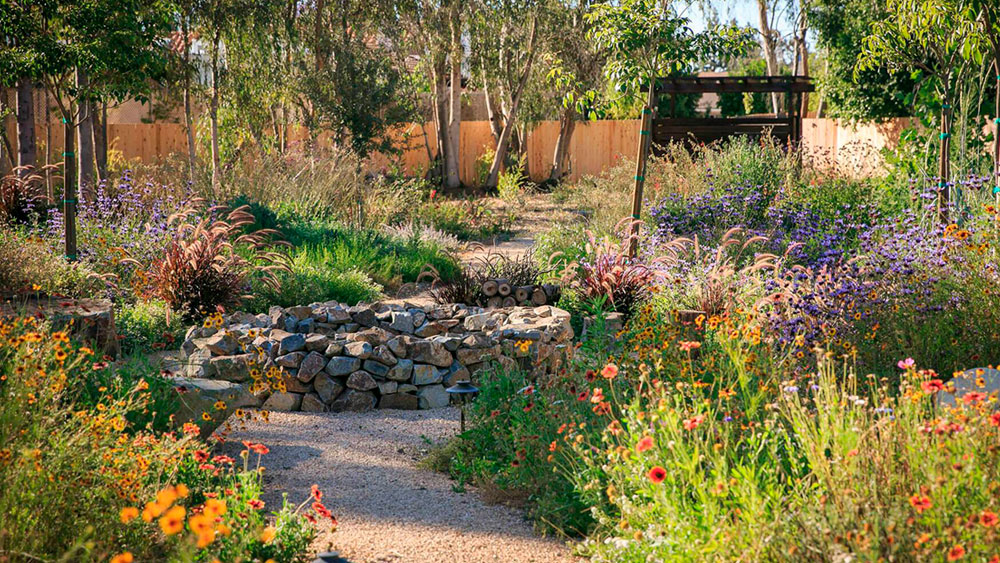





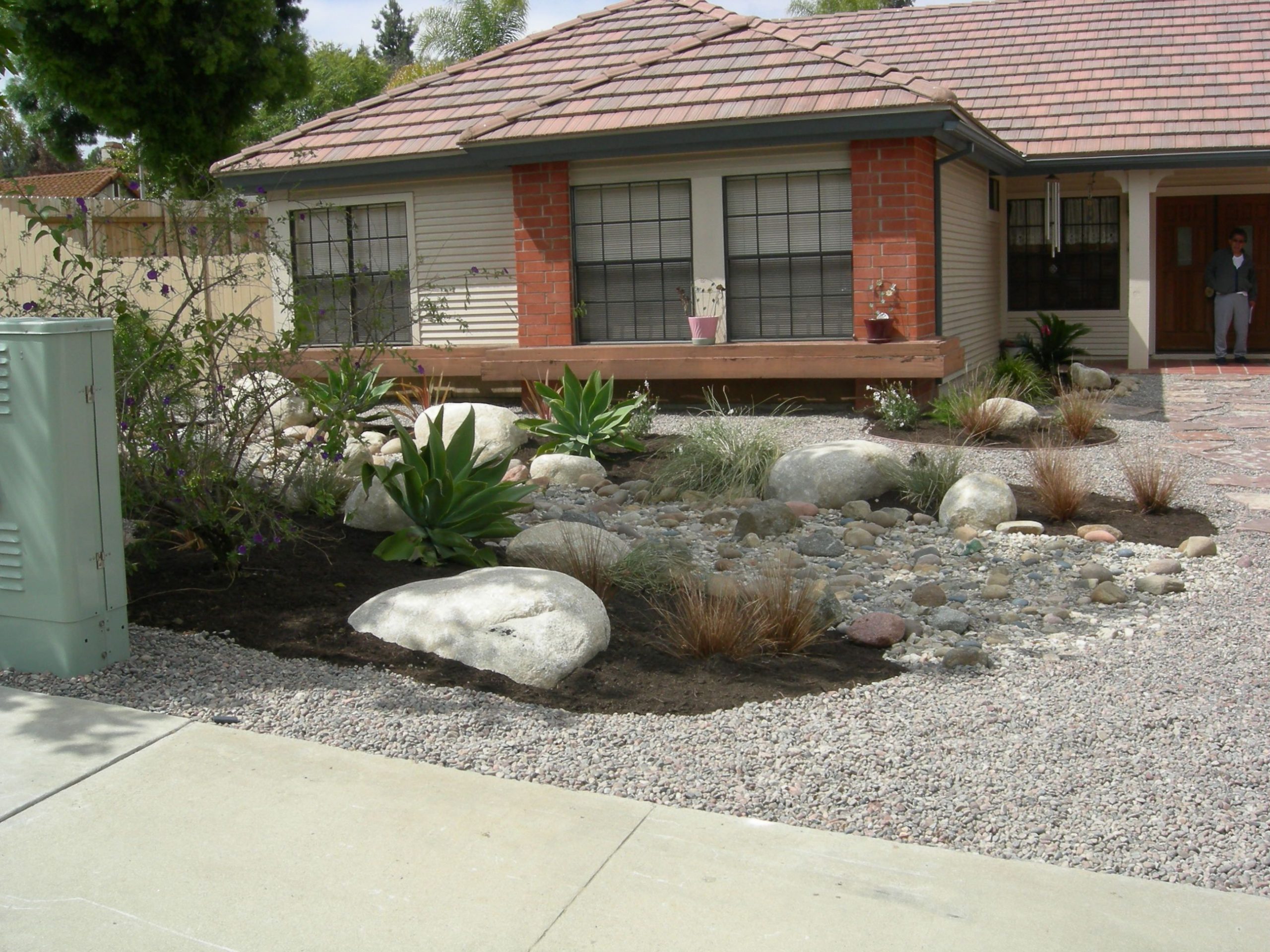




/living-wall-1-579c4b1e5f9b589aa9c165ce.jpg)












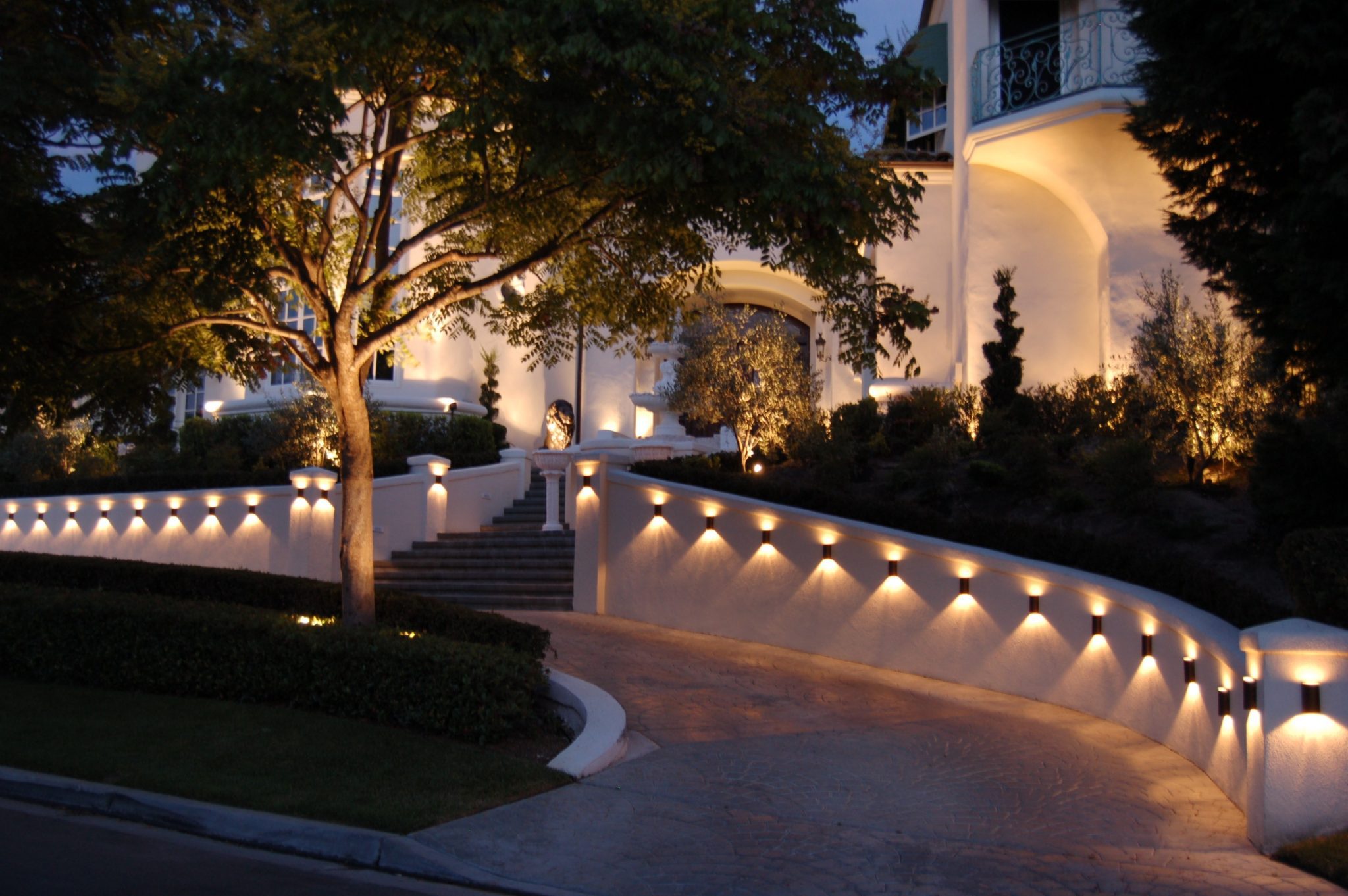

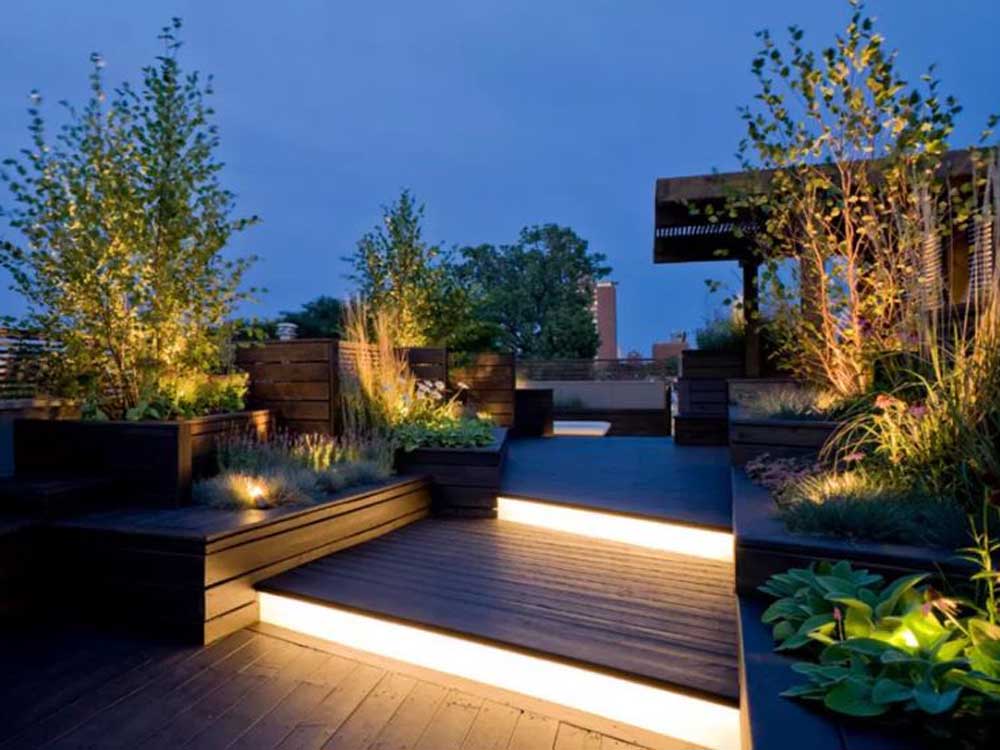
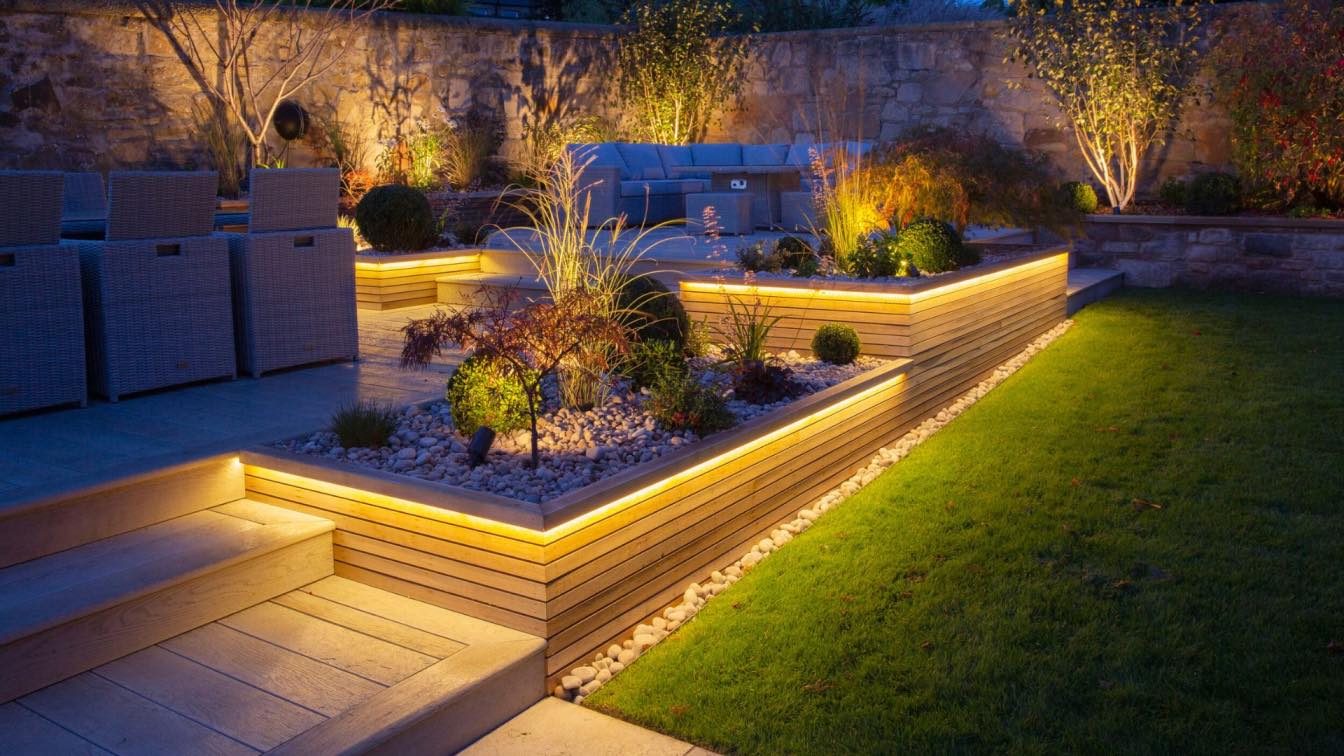
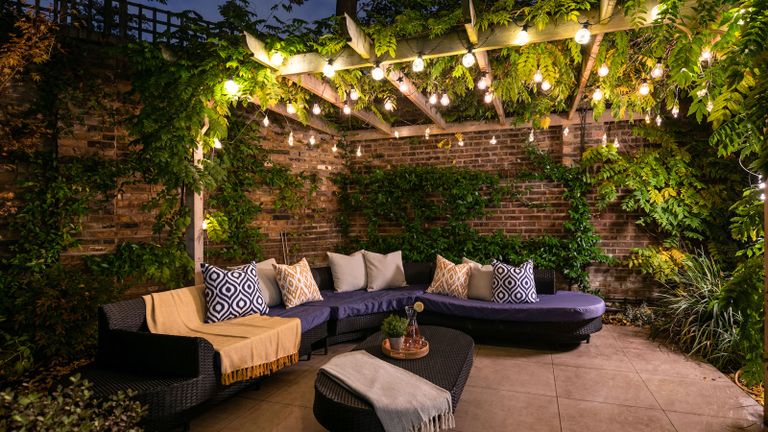
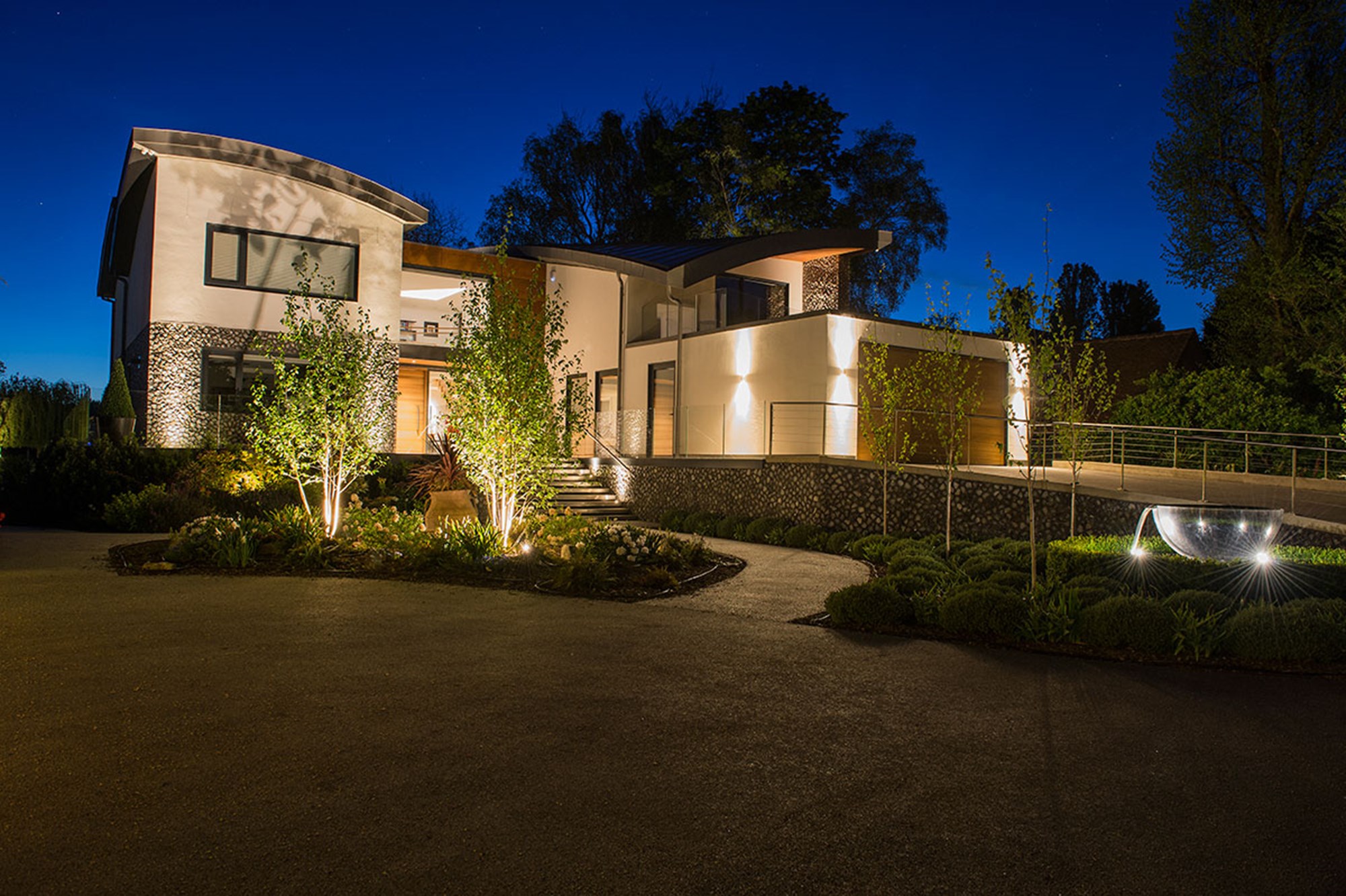
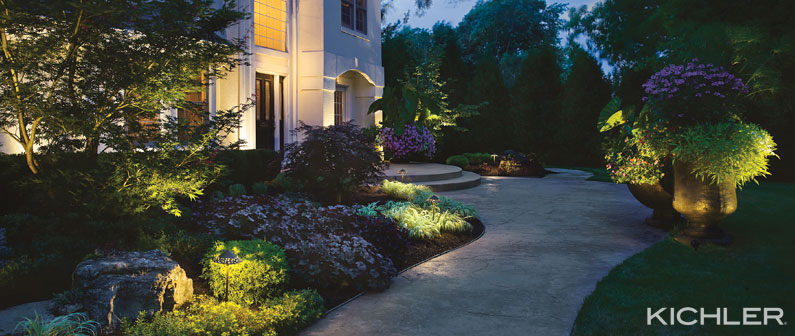
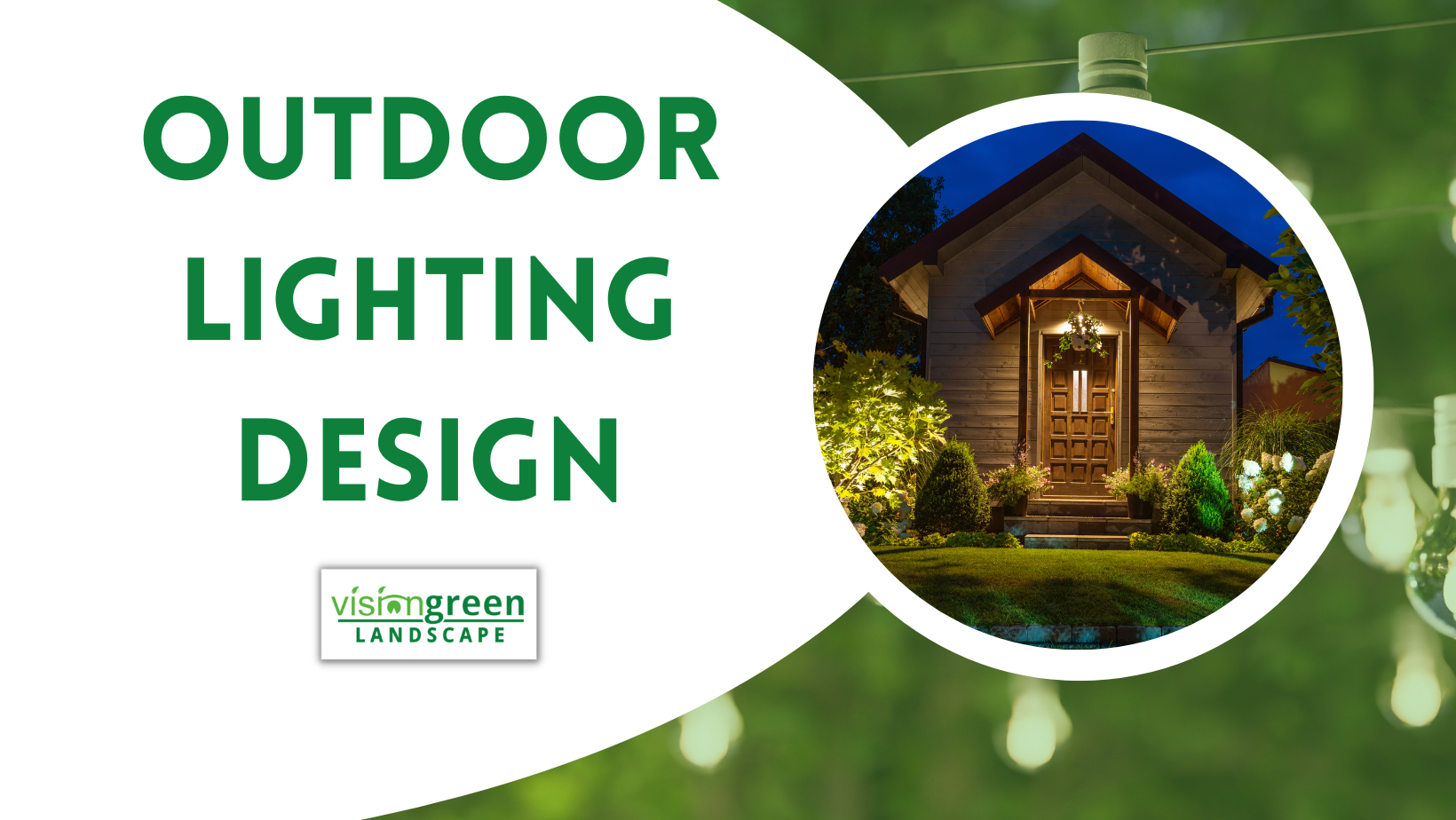

:max_bytes(150000):strip_icc()/OregonOutdoorLtg-8318737ac4264068a37717194cb42ee3.jpg)






